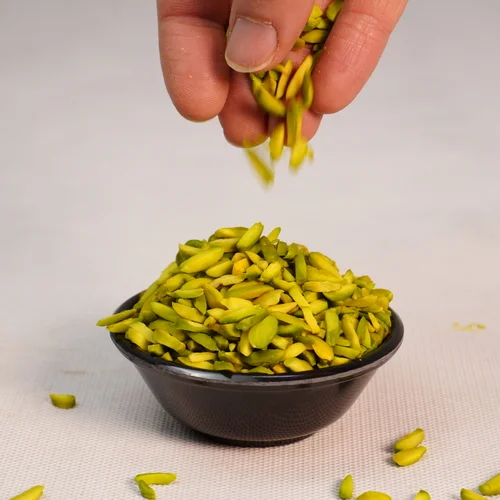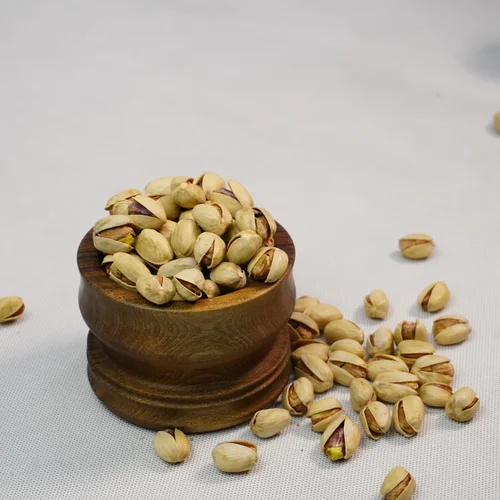Sustainable agricultural practices in the pistachio industry

The global pistachio industry has experienced significant growth over the past few decades. However, this expansion has brought with it a pressing need to adopt sustainable agricultural practices. Pistachios are a valuable crop, especially in regions such as Iran, the United States, and Turkey. As climate change, water scarcity, and soil degradation become increasingly serious issues, the industry must move toward environmentally friendly production methods.
Efficient water management
Pistachio trees are relatively drought-tolerant, but sustainable production still requires efficient irrigation systems. Drip irrigation systems and micro-sprinklers minimize water loss while delivering precise moisture levels to the root zone. Additionally, the use of soil moisture sensors and data-driven irrigation programs allows farmers to optimize water use, conserve resources, and improve yields.
Soil health and fertility
Healthy soil is the foundation of sustainable pistachio farming. Gardeners use cover crops, organic compost, and low-tillage techniques to improve soil structure and microbial activity. These practices not only prevent erosion, but also improve nutrient cycling and water retention. Regular soil testing ensures that fertilizers—both organic and synthetic—are applied only when necessary.

Integrated Pest Management (IPM)
Instead of relying heavily on chemical pesticides, sustainable pistachio farms use biological control agents, pheromone traps, and habitat management to control pests. Integrated pest management (IPM) reduces chemical use, minimizes risks to pollinators, and protects biodiversity. Maintaining an ecological balance in the orchard also reduces pest pressure in the long term.
Renewable energy and carbon reduction
Sustainability in the pistachio industry goes beyond the orchards. Many farms are investing in solar panels, electric machinery, and energy-efficient processing systems. These initiatives reduce carbon emissions and operating costs. In addition, carbon sequestration through tree planting and organic soil management helps offset greenhouse gas emissions.
Social and economic sustainability
Sustainable agriculture also involves the human factor. Fair labor practices, farmer training programs, and local community involvement are essential to creating a resilient pistachio industry. Ethical production ensures that sustainability benefits both people and the planet.
Conclusion
The future of the pistachio industry depends on its ability to balance profitability with environmental responsibility. By optimizing water use, maintaining soil health, and reducing chemical and carbon footprints, pistachio producers can ensure a greener, more resilient future in agriculture.
Source: Instagram




